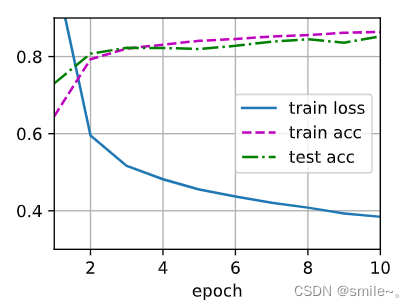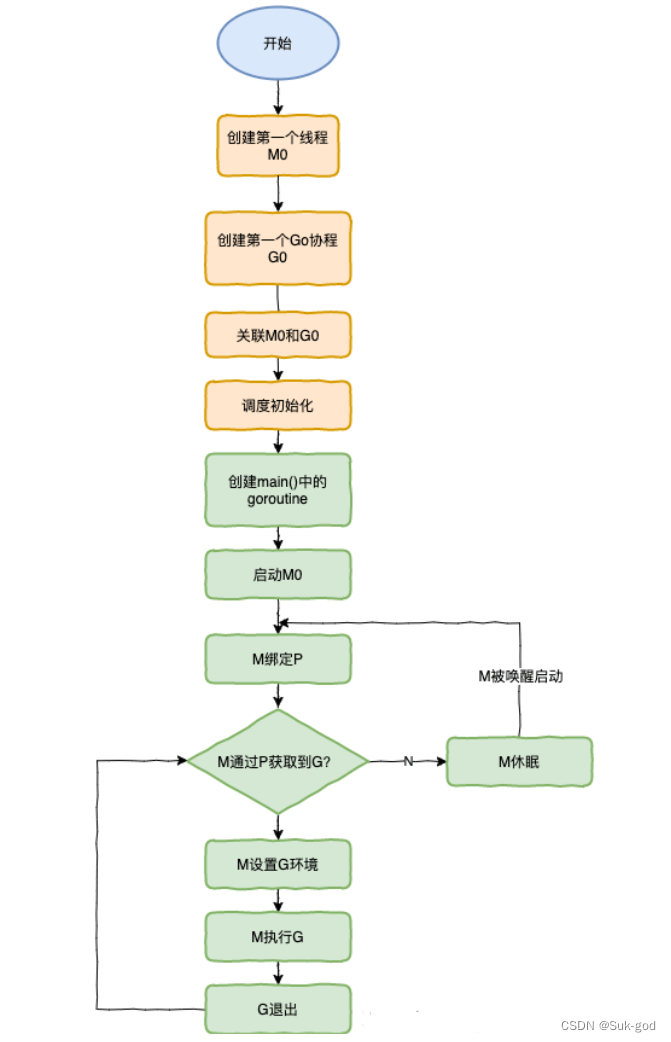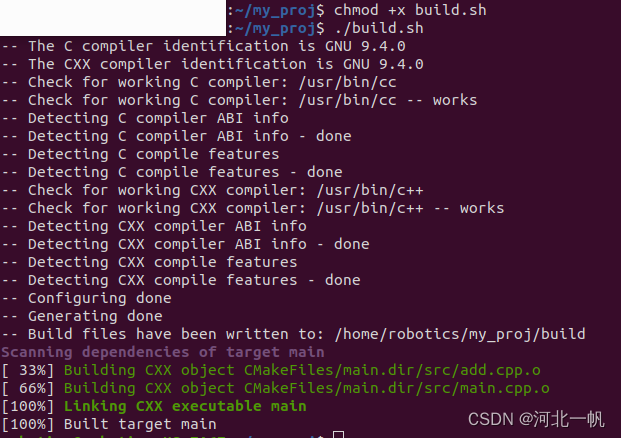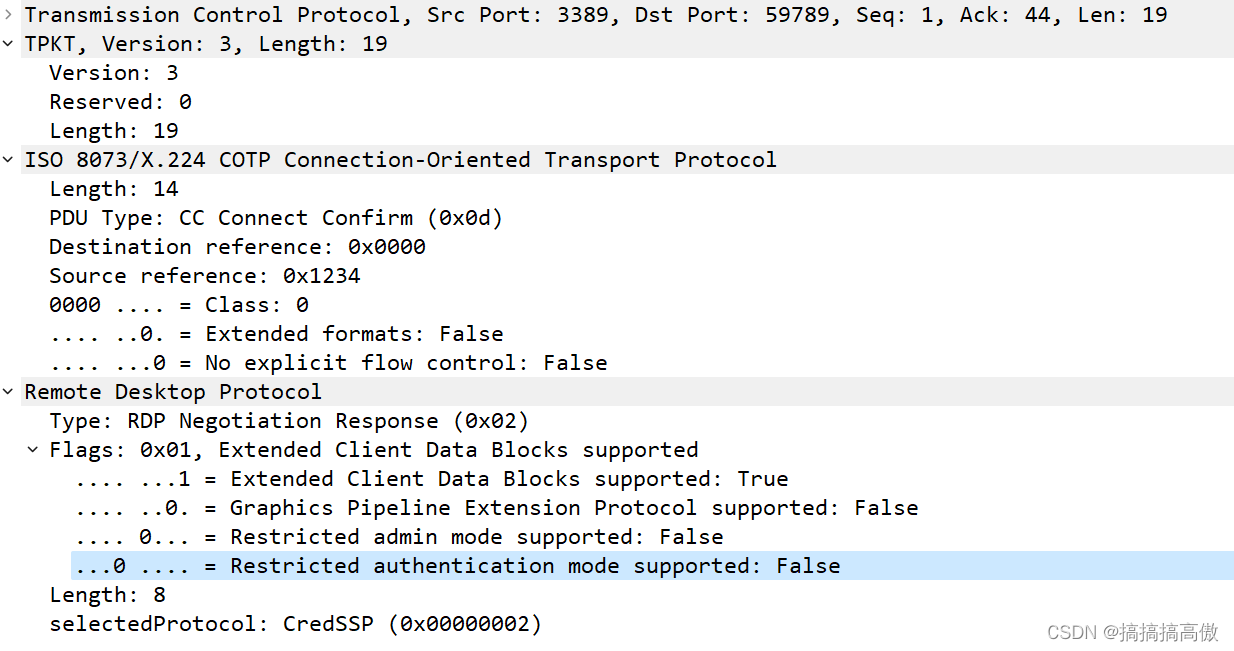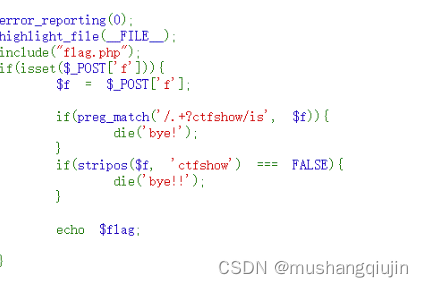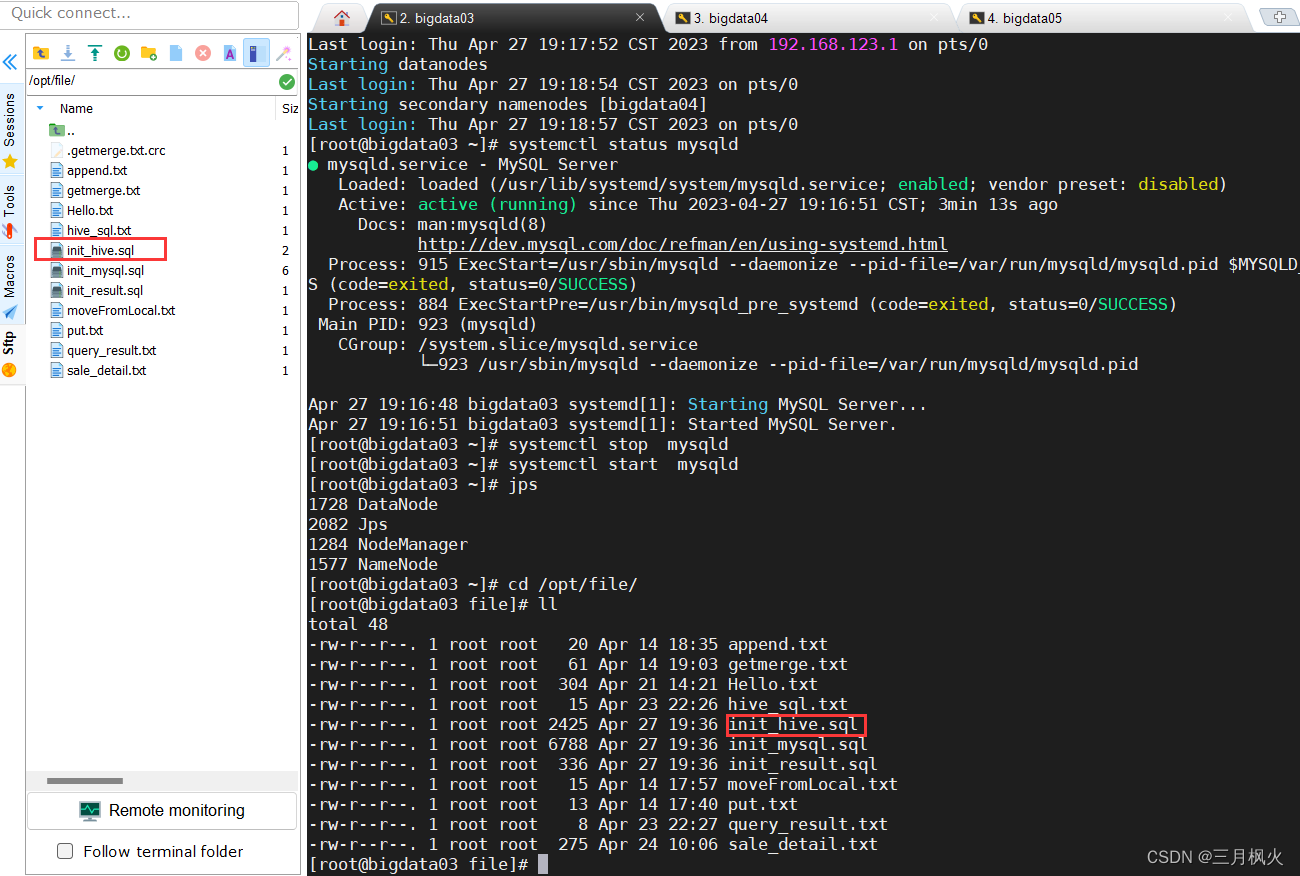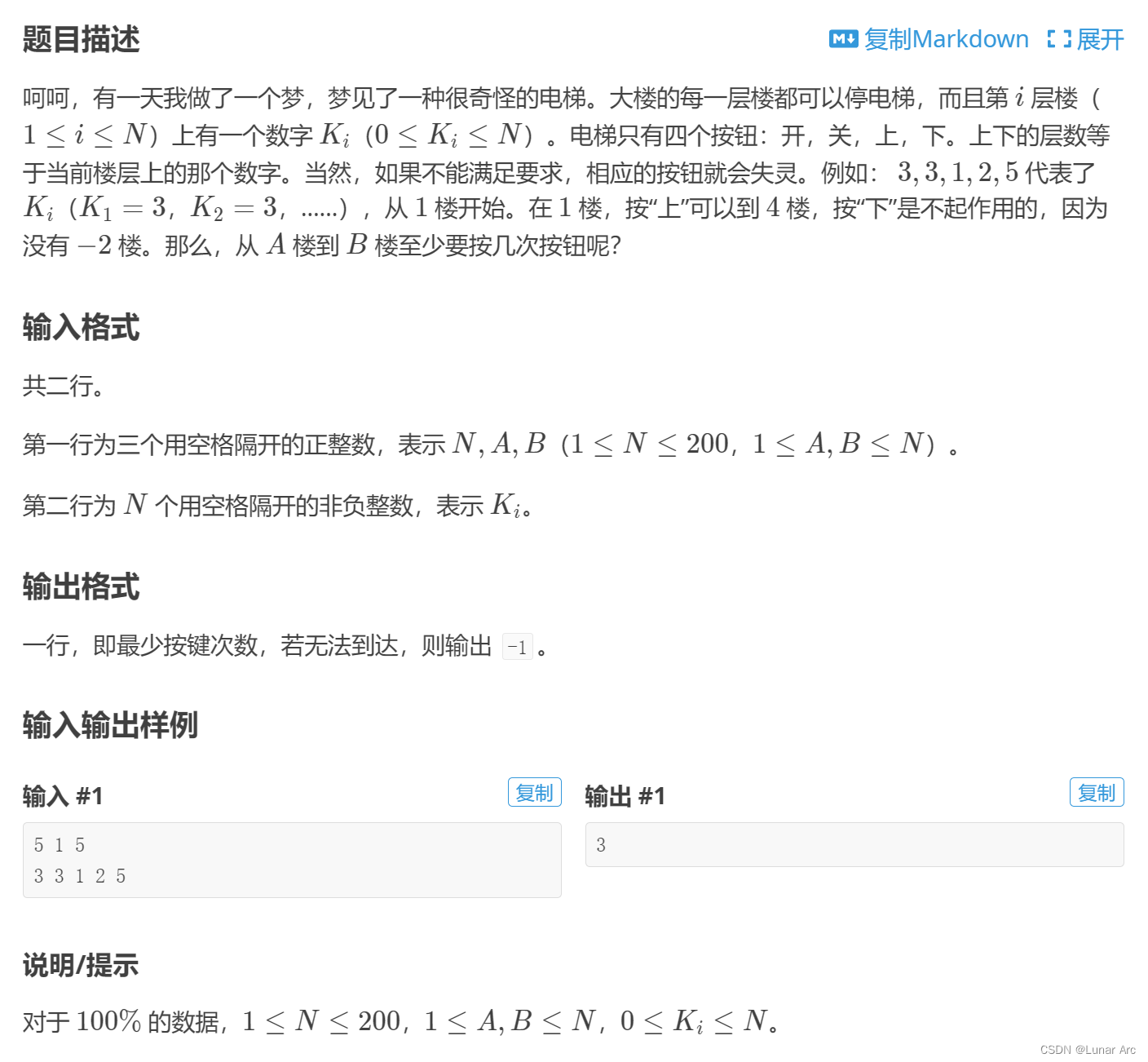unordered系列的关联式容器之所以效率比较高,是因为其底层使用了哈希结构。
一、哈希
1.1哈希概念
构造一种存储结构,通过某种函数(hashFunc)使元素的存储位置与它的关键码之间能够建立一一映射的关系,那么在查找时通过该函数可以很快找到该元素。
1.2哈希冲突
不同关键字通过相同哈希哈数计算出相同的哈希地址,该种现象称为哈希冲突或哈希碰撞。
1.3哈希函数
引起哈希冲突的一个原因可能是:哈希函数设计不够合理。
常见的哈希函数:
1.直接定址法:
取关键字的某个线性函数为散列地址:Hash(Key)= A*Key + B
优点:简单、均匀
缺点:需要事先知道关键字的分布情况
使用场景:适合查找比较小且连续的情况
2.除留余数法:
设散列表中允许的地址数为m,取一个不大于m,但最接近或者等于m的质数p作为除数,按照哈希函数:Hash(key) = key% p(p<=m),将关键码转换成哈希地址。
1.4哈希冲突解决
解决哈希冲突两种常见的方法是:闭散列和开散列
1.4.1闭散列
闭散列:也叫开放定址法,当发生哈希冲突时,如果哈希表未被装满,说明在哈希表中必然还有空位置,那么可以把key存放到冲突位置中的“下一个” 空位置中去。
1.线性探测
插入:从发生冲突的位置开始,依次向后探测,直到寻找到下一个空位置为止。
删除:删除时不可以物理删除哈希表中已有的元素,若直接删除元素会影响其他元素的搜索。因为在查找时,遇到空就查找结束。
线性探测的实现:
template<class K>
struct DefaultHashFunc
{
size_t operator()(const K& key)
{
return (size_t)key;
}
};
template<>
struct DefaultHashFunc<string>
{
size_t operator()(const string& str)
{
size_t n = 0;
for (auto ch : str)
{
n *= 131;
n += ch;
}
return n;
}
};
namespace open_address//开放地址法
{
//状态
enum STATE
{
EMPTY, EXIST, DELETE//空,存在,删除
};
//数据类型
template<class K, class V>
struct HashData
{
pair<K, V> _kv;
STATE _state = EMPTY;
};
template<class K, class V, class HashFunc = DefaultHashFunc<K>>
class HashTable
{
public:
HashTable()
{
_table.resize(10);
}
bool insert(const pair<K, V>& kv)
{
//检查是否已经存在
if (Find(kv.first))
return false;
//判断扩容
HashFunc ht;
int fac = (double)_n / _table.size();//负载因子
if (fac >= 0.7)
{
//扩容之后可能会改变数据的映射关系,所以不能直接扩容
size_t newcapacity = _table.capacity() * 2;
HashTable<K, V> newHash;
newHash._table.resize(newcapacity);
//遍历旧表,插入到新表
for (int i = 0; i < _table.capacity(); i++)
{
//只有exist状态的才插入新表
if (_table[i]._state == EXIST)
newHash.insert(_table[i]._kv);
}
_table.swap(newHash._table);
}
//插入
size_t hashi = ht(kv.first) % _table.size();
while (_table[hashi]._state == EXIST)
{
hashi++;
if (hashi == _table.size())//回到0位置
hashi = 0;
}
_table[hashi]._kv = kv;
_table[hashi]._state = EXIST;
_n++;
return true;
}
HashData<const K, V>* Find(const K& key)
{
HashFunc ht;
size_t hashi = ht(key) % _table.size();
while (_table[hashi]._state != EMPTY)
{
if (_table[hashi]._state != DELETE && _table[hashi]._kv.first == key)
return (HashData<const K, V>*) & _table[hashi];
hashi++;
//转回去继续找
if (hashi == _table.size())//回到0位置
hashi = 0;
}
return nullptr;
}
bool Erase(const K& key)
{
HashData<const K, V>* data = Find(key);
if (data)
{
data->_state = DELETE;
_n--;
return true;
}
return false;
}
private:
vector<HashData<K, V>> _table;
size_t _n = 0;//存储数据的有效个数
};
}哈希表什么情况下扩容?如何扩容?

2.二次探测
线性探测的缺陷是产生冲突的数据堆积在一块,这与其找下一个空位置有关系,因为找空位置的方式就是挨着往后逐个去找,因此二次探测为了避免该问题,找下一个空位置的方法为:
若当前key与原来key产生相同的哈希地址,则当前key存在该地址后偏移量为(1,-1,2,-2,3,-3...)的二次方地址处
key1:hash(key)+0
key2:hash(key)+1^2
key3:hash(key)+(-1)^2
key4:hash(key)+2^2
key5:hash(key)+(-2)^2
1.4.2开散列
开散列法又叫链地址法(开链法),首先对关键码集合用散列函数计算散列地址,具有相同地址的关键码归于同一子集合,每一个子集合称为一个桶,各个桶中的元素通过一个单链表链接起来,各链表的头结点存储在哈希表中。
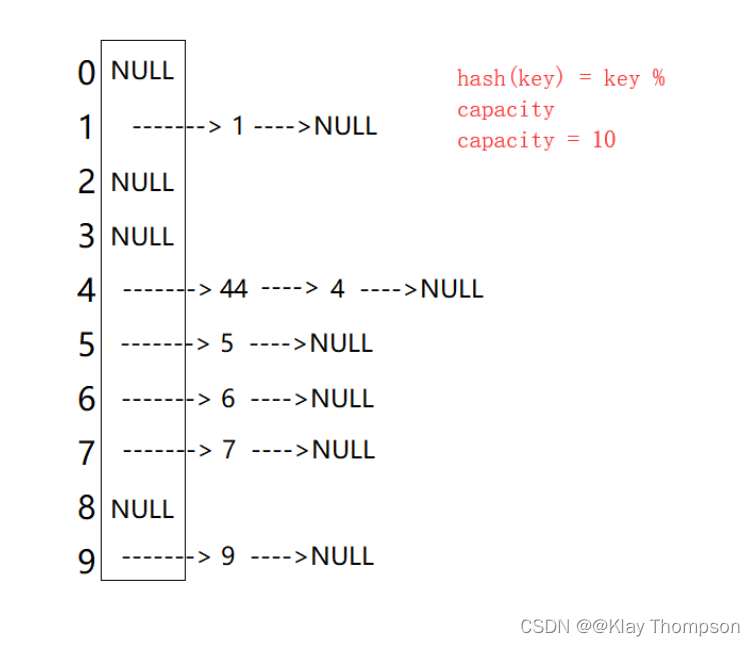
开散列的实现:
template<class K>
struct DefaultHashFunc
{
size_t operator()(const K& key)
{
return (size_t)key;
}
};
template<>
struct DefaultHashFunc<string>
{
size_t operator()(const string& str)
{
size_t n = 0;
for (auto ch : str)
{
n *= 131;
n += ch;
}
return n;
}
};
namespace hash_bucket//拉链法——哈希桶
{
template<class K, class V>
struct HashNode
{
HashNode(const pair<K, V>& kv)
:_kv(kv)
,_next(nullptr)
{}
pair<K, V> _kv;
HashNode<K, V>* _next;
};
template<class K, class V, class HashFunc = DefaultHashFunc<K>>
class HashTable
{
typedef HashNode<K, V> Node;
public:
HashTable()
{
_table.resize(10, nullptr);
}
~HashTable()
{
for (int i = 0; i < _table.size(); i++)
{
Node* cur = _table[i];
while (cur)
{
Node* next = cur->_next;
delete cur;
cur = next;
}
_table[i] = nullptr;
}
_n = 0;
}
bool insert(const pair<K, V>& kv)
{
//检查是否已经存在
if (Find(kv.first))
return false;
HashFunc ht;
size_t fac = (double)_n / _table.size();//负载因子
if (fac >= 1)//扩容
{
size_t newcapacity = _table.size() * 2;
HashTable<K, V> newht;
newht._table.resize(newcapacity, nullptr);
//遍历旧的,链入新的
for (int i = 0; i < _table.size(); i++)
{
Node* cur = _table[i];
while (cur)
{
Node* next = cur->_next;
cur->_next = nullptr;//如果用屏蔽的方式,这里要置空
size_t hashi = ht(cur->_kv.first) % newcapacity;
//头插
cur->_next = newht._table[hashi];
newht._table[hashi] = cur;
/*if (newht._table[hashi] == nullptr)
{
newht._table[hashi] = cur;
}
else
{
cur->_next = newht._table[hashi];
newht._table[hashi] = cur;
}*/
cur = next;
}
_table[i] = nullptr;//这里必须要置空,否则不能释放
}
_table.swap(newht._table);
}
//头插
Node* newnode = new Node(kv);
size_t hashi = ht(kv.first) % _table.size();//找第几个桶
newnode->_next = _table[hashi];
_table[hashi] = newnode;
/*if (_table[hashi] == nullptr)
{
_table[hashi] = newnode;
}
else
{
newnode->_next = _table[hashi];
_table[hashi] = newnode;
}*/
_n++;
return true;
}
Node* Find(const K& key)
{
HashFunc ht;
size_t hashi = ht(key) % _table.size();
Node* cur = _table[hashi];
while (cur)
{
if (cur->_kv.first == key)
{
return cur;
}
cur = cur->_next;
}
return nullptr;
}
bool Erase(const K& key)
{
HashFunc ht;
size_t hashi = ht(key) % _table.size();
Node* prev = nullptr;
Node* cur = _table[hashi];
while (cur)
{
if (cur->_kv.first == key)
{
if (prev == nullptr)
{
_table[hashi] = cur->_next;
}
else
{
prev->_next = cur->_next;
}
delete cur;
return true;
}
else
{
prev = cur;
cur = cur->_next;
}
}
return false;
}
void Print()
{
for (int i = 0; i < _table.size(); i++)
{
Node* cur = _table[i];
printf("[%d] : ", i);
while (cur)
{
cout << "(" << cur->_kv.first << ":" << cur->_kv.second << ")" << "->";
cur = cur->_next;
}
cout << "NULL" << endl;
}
cout << endl;
}
private:
vector<Node*> _table;
size_t _n = 0;//存放有效数据的个数
};
}注意:如果我们要存放的数据是整型,可以使用上面的哈希函数来映射,但是如果我们存的是字符串或自定义类型的数据时,问题就来了,我们如何用除留余数法来计算呢?字符串和自定义类型不可以取模。
我们可以使用仿函数,如果是整型就返回整型,如果是字符串或自定义类型,就将其转换成整型再返回:
template<class K>
struct DefaultHashFunc
{
size_t operator()(const K& key)
{
return (size_t)key;
}
};
template<>
struct DefaultHashFunc<string>
{
size_t operator()(const string& str)
{
size_t n = 0;
for (auto ch : str)
{
n *= 131;
n += ch;
}
return n;
}
};二、unordered_map和unordered_set的模拟实现
底层哈希桶:
template<class K>
struct DefaultHashFunc
{
size_t operator()(const K& key)
{
return (size_t)key;
}
};
template<>
struct DefaultHashFunc<string>
{
size_t operator()(const string& str)
{
size_t n = 0;
for (auto ch : str)
{
n *= 131;
n += ch;
}
return n;
}
};
namespace hash_bucket//拉链法——哈希桶
{
template<class T>
struct HashNode
{
HashNode(const T& data)
:_data(data)
,_next(nullptr)
{}
T _data;
HashNode<T>* _next;
};
template<class K, class T, class KofT, class HashFunc>
class HashTable;//声明一下
template<class K, class T, class Ref, class Ptr, class KofT, class HashFunc = DefaultHashFunc<K>>
struct __HT_Iterator
{
typedef HashNode<T> Node;
typedef __HT_Iterator<K, T, Ref, Ptr, KofT, HashFunc> Self;
typedef __HT_Iterator<K, T, T&, T*, KofT, HashFunc> Iterator;
__HT_Iterator(Node* node, const HashTable<K, T, KofT, HashFunc>* pht)
:_node(node)
,_pht(pht)//_pht为const修饰的指针
{}
//当此时这个类是普通迭代器类时,这个函数为拷贝构造
//当此时这个类是const迭代器类时,这个函数为构造
__HT_Iterator(const Iterator& it)
:_node(it._node)
,_pht(it._pht)
{}
Ref operator*()
{
return _node->_data;
}
Ptr operator->()
{
return &_node->_data;
}
Self operator++()
{
//走这个桶里的下一个节点
if (_node->_next)
{
_node = _node->_next;
}
//找其他桶
else
{
KofT kot;
HashFunc ht;
size_t hashi = ht(kot(_node->_data)) % _pht->_table.size();
++hashi;//找下一个桶
while (hashi < _pht->_table.size())
{
if (_pht->_table[hashi])
{
_node = _pht->_table[hashi];
return *this;
}
else
{
++hashi;
}
}
_node = nullptr;
}
return *this;
}
bool operator!=(const Self& it) const
{
return _node != it._node;
}
bool operator==(const Self& it) const
{
return _node == it._node;
}
Node* _node;
const HashTable<K, T, KofT, HashFunc>* _pht;
};
template<class K, class T, class KofT, class HashFunc = DefaultHashFunc<K>>
class HashTable
{
//友元声明
template<class K, class T, class Ref, class Ptr, class KofT, class HashFunc>
friend struct __HT_Iterator;
typedef HashNode<T> Node;
public:
typedef __HT_Iterator<K, T, T&, T*, KofT, HashFunc> iterator;
typedef __HT_Iterator<K, T, const T&, const T*, KofT, HashFunc> const_iterator;
iterator begin()
{
for (int i = 0; i < _table.size(); i++)
{
Node* cur = _table[i];
if (cur)
return iterator(cur, this);
}
return iterator(nullptr, this);
}
iterator end()
{
return iterator(nullptr, this);
}
const_iterator begin() const
{
for (int i = 0; i < _table.size(); i++)
{
Node* cur = _table[i];
if (cur)
return const_iterator(cur, this);
}
return const_iterator(nullptr, this);
}
const_iterator end() const
{
return const_iterator(nullptr, this);//这里的this是const修饰的,所以上面的迭代器里的构造的哈希表参数要设置成const
}
HashTable()
{
_table.resize(10, nullptr);
}
~HashTable()
{
for (int i = 0; i < _table.size(); i++)
{
Node* cur = _table[i];
while (cur)
{
Node* next = cur->_next;
delete cur;
cur = next;
}
_table[i] = nullptr;
}
_n = 0;
}
pair<iterator, bool> insert(const T& data)
{
KofT kot;
//检查是否已经存在
iterator it = Find(kot(data));
if (it != end())//找到了就返回此刻的pair
return make_pair(it ,false);
HashFunc ht;
size_t fac = (double)_n / _table.size();//负载因子
if (fac >= 1)//扩容
{
size_t newcapacity = _table.size() * 2;
HashTable<K, T, KofT> newht;
newht._table.resize(newcapacity, nullptr);
//遍历旧的,链入新的
for (int i = 0; i < _table.size(); i++)
{
Node* cur = _table[i];
while (cur)
{
Node* next = cur->_next;
size_t hashi = ht(kot(cur->_data)) % newcapacity;
//头插
cur->_next = newht._table[hashi];
newht._table[hashi] = cur;
cur = next;
}
_table[i] = nullptr;//这里必须要置空,否则不能释放
}
_table.swap(newht._table);
}
//头插
Node* newnode = new Node(data);
size_t hashi = ht(kot(data)) % _table.size();//找第几个桶
newnode->_next = _table[hashi];
_table[hashi] = newnode;
_n++;
return make_pair(iterator(newnode, this), true);
}
iterator Find(const K& key)
{
KofT kot;
HashFunc ht;
size_t hashi = ht(key) % _table.size();
Node* cur = _table[hashi];
while (cur)
{
if (kot(cur->_data) == key)
{
return iterator(cur, this);
}
cur = cur->_next;
}
return end();
}
bool Erase(const K& key)
{
KofT kot;
HashFunc ht;
size_t hashi = ht(key) % _table.size();
Node* prev = nullptr;
Node* cur = _table[hashi];
while (cur)
{
if (kot(cur->_data) == key)
{
if (prev == nullptr)
{
_table[hashi] = cur->_next;
}
else
{
prev->_next = cur->_next;
}
delete cur;
_n--;
return true;
}
else
{
prev = cur;
cur = cur->_next;
}
}
return false;
}
void Print()
{
for (int i = 0; i < _table.size(); i++)
{
Node* cur = _table[i];
printf("[%d] : ", i);
while (cur)
{
cout << "(" << cur->_kv.first << ":" << cur->_kv.second << ")" << "->";
cur = cur->_next;
}
cout << "NULL" << endl;
}
cout << endl;
}
size_t count(const K& key)
{
if (Find(key) != end())
return 1;
else
return 0;
}
size_t size()
{
return _n;
}
bool empty()
{
return _n == 0;
}
private:
vector<Node*> _table;
size_t _n = 0;//存放有效数据的个数
};
}封装unordered_map和unordered_set
template<class K, class V>
struct mapKofT
{
K operator()(const pair<K, V>& kv)
{
return kv.first;
}
};
template<class K, class V>
class Unordered_map
{
public:
typedef typename hash_bucket::HashTable<K, pair<const K, V>, mapKofT<K, V>>::iterator iterator;
typedef typename hash_bucket::HashTable<K, pair<const K, V>, mapKofT<K, V>>::const_iterator const_iterator;
pair<iterator, bool> insert(const pair<K, V>& kv)
{
return _ht.insert(kv);
}
V& operator[](const K& key)
{
return _ht.insert(make_pair(key, V())).first->second;
}
bool Erase(const K& key)
{
return _ht.Erase(key);
}
iterator find(const K& key)
{
return _ht.Find(key);
}
size_t count(const K& key)
{
return _ht.count(key);
}
size_t size()
{
return _ht.size();
}
bool empty()
{
return _ht.empty();
}
iterator begin()
{
return _ht.begin();
}
iterator end()
{
return _ht.end();
}
const_iterator begin() const
{
return _ht.begin();
}
const_iterator end() const
{
return _ht.end();
}
private:
hash_bucket::HashTable<K, pair<const K, V>, mapKofT<K, V>> _ht;
};template<class K>
struct setKofT
{
K operator()(const K& key)
{
return key;
}
};
template<class K>
class Unordered_set
{
public:
typedef typename hash_bucket::HashTable<K, K, setKofT<K>>::const_iterator iterator;
typedef typename hash_bucket::HashTable<K, K, setKofT<K>>::const_iterator const_iterator;
pair<iterator, bool> insert(const K& key)
{
return _ht.insert(key);
}
bool Erase(const K& key)
{
return _ht.Erase(key);
}
size_t size()
{
return _ht.size();
}
bool empty()
{
return _ht.empty();
}
size_t count(const K& key)
{
return _ht.count(key);
}
iterator find(const K& key)
{
return _ht.Find(key);
}
iterator begin() const
{
return _ht.begin();
}
iterator end() const
{
return _ht.end();
}
private:
hash_bucket::HashTable<K, K, setKofT<K>> _ht;
};
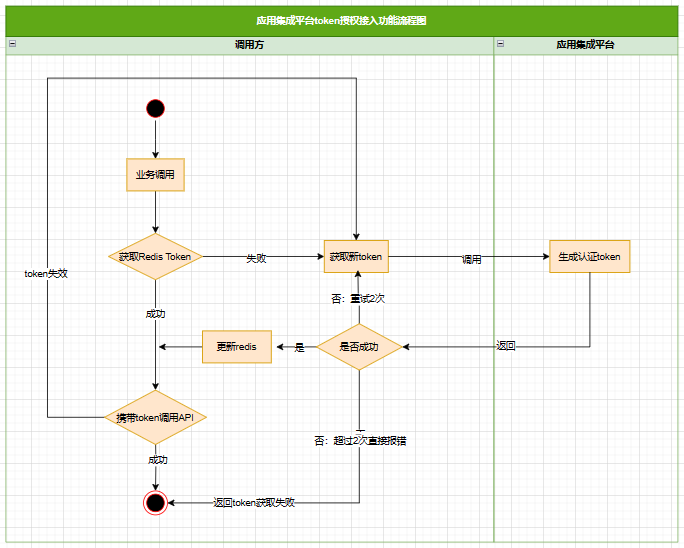
![[linux] SFTP文件传输基本命令 --- xshell 直接上传文件](https://img-blog.csdnimg.cn/1e168d7d1f3a443e9eba3c9f3b054397.png)


